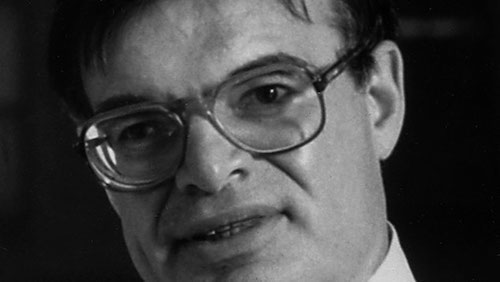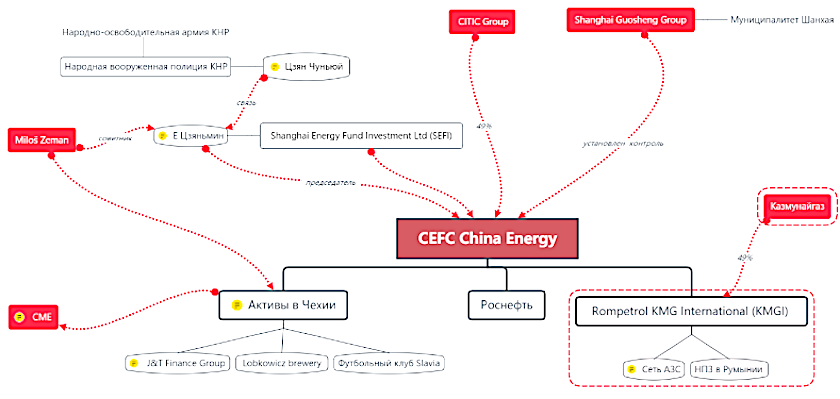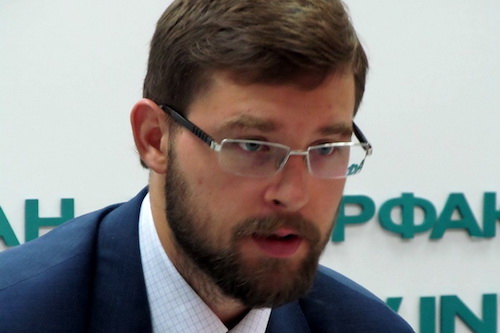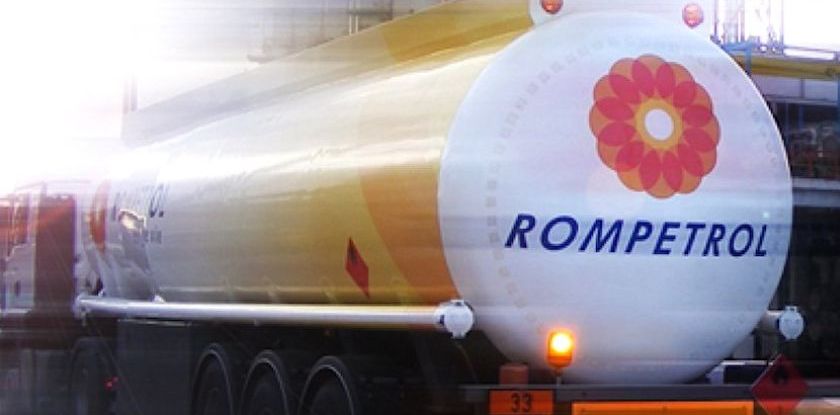What do KazMunayGaz, the Chinese CEFC corporation, the Rockefeller family office, and the Russian Freedom Finance company have in common?
The scandal with CEFC has resulted in the fact that the controlling stake of KazMunayGaz’s affiliated firm is going to some US company whose name is still kept secret. We do not rule out the possibility that Russian investment company Freedom Finance that is a part of the Nevada based Freedom Holdings may be the one under the disguise of the «US firm».
The information that the controlling stake (51%) of KazMunayGas International N.V (KMGI) may change the owner was reported by Romanian G4media. According to the information, the buyer is someone from the US, but his name has not yet been disclosed. However, the participation of the OPIC (Overseas Private Investment Corporation) agency in the deal indicates the seriousness of his intentions. (OPIC is a US public corporation performing the quasi-state functions).
«Don», Pure and Simple
We only know the name of the person negotiating the deal. It is Don Laguardia, an investment consultant known in the US simply as «Don».

Don’s fame is limited to a narrow circle of the investment specialists of the so called «frontier» — the outskirts of the world investment oecumene. This concept came to life in the financial world of the 1990s. More often than not, there were no rules on the «frontier», instead, it had endless possibilities.
In 1997, Murray Logan who had previously worked for the investment company in charge of managing the Rockefeller family assets for a couple of decades created LR Global Partners. «Don» was among the colleagues who joined him at the firm. The team started to study the investment prospects of Kazakhstan, Turkmenistan, Korea, and the «classic» Africa (the countries located to the south of the Sahara desert).
What made these people leave the office of one of the most powerful families in the world and choose to walk on the wild side is not exactly known. However, in the archive version of the company’s site, the founders talk about themselves as representatives of the «forward-thinking group of investors» who created the business on the Rockefeller family’s money. The Rockefeller family never denied this audacious statement. In his time, John Rockefeller, the family founder, had been conquering the lands of the North America in precisely this fashion, by taking one frontier after another. And he primarily operated via the method of supporting this kind of the «independent» investment consultants who could use their business-connections but would never unload the responsibility on the family’s shoulders.
The team received financial support from yet another famous persona — Leon Levy, one of the founders of the collective investments industry who has personally created dozens of mutual investment funds. By 1997, he had already sold his main business but decided to support the research of the «frontier’s» investment capabilities.

The support of the «grands» turned out to be quite effective. For the first five years of the company’s existence, the assets under the partners’ management grew from US 69 $ mln to US 150. $ Not too bad considering that creation of the firm coincided with the beginning of the Asian crisis and, then, the powerful technology boom. In these conditions, attracting the resources for the «frontier reclamation» was not an easy matter. However, having access to the resources of the super-rich and super-loyal investors, Murray could afford the opportunity not to worry about any kind of «benchmarks» concentrating exclusively on the search for undervalued assets.
By the start of the 2000s, the Kazakhstan oil deposits had predictably become a part of these assets. The South Kazakhstan deposits (together with the Shymkent refinery) turned up on the books of Canadian firm Hurricane Hydrocarbons. These deposits became the most well-known «Rockefeller Foundation» project.
In the reports published on the SEC site, both the LR partners and the Rockefellers are named as the company’s shareholders. However, in 2002, the situation changes dramatically. The Rockefellers leave both Hurricane Hydrocarbons and LR Global Partners. And, in 2003, the company was renamed as Petrokazakhstan. Then, there was the whole saga of the attempts to sell it that had lasted several years. As a result, it was bought by Chinese oil corporation CNPC that later sold the blocking shareholding to KazMunayGaz.
Leon Levy died in April 2003, Murray Logan and several other key investors died in 2006. According to one of the business media publications, the company was forced to enter the «hibernation mode». And only the Bangladesh partner, LR Global Bangladesh Asset Management Company was able to end it.
LR Global Partners had existed for some time in the hibernation mode but then filed for bankruptcy. It happened in June 2017. The bankruptcy procedure took a couple of weeks.
The Deal, Pure and Simple
At the same time, in Romania, they were getting ready to sell yet another Kazakhstan assets — Rompetrol corporation. On its books, it then had two refineries whose overall capacity amounted to 5 mln tons a year and a gas stations network that consisted of a thousand stations located in Romania, Moldova, Bulgaria, and Georgia as well as an affiliated gas stations network in France.
In 2007, KazMunayGaz bought 75% of the company and, in 2009, it bought the remaining 25%. Since 2014, the company is called KazMunayGas International (KMGI). And, in 2015, they started negotiating a deal with CEFC China Energy. These negotiations lead to signing a memorandum in December 2015. It was stated that the parties had agreed on KMGI’s intention to sell 51% of the Romanian company to the Chinese corporation.
It looks like this intention was not received well by the influential circles. In April 2016, the Romanian prosecutors took from the archives the 2003 corruption deal that intended for the company’s debt to be converted into the government bonds. After 13 years, it turned out to be very useful since it allowed to arrest one of the refineries and the gas stations network in the amount of 600 mln euro. The fact that, after two years, there has been no information on the case reaching the court testifies that this story is really something more than a simple anti-corruption war.
The activities or the Romanian authorities have slowed the deal down but were not able to stop it. In December 2016, the contract to sell 51% of the shares was signed. And, in September 2017, Vice President of KMGI Alexey Golovin promised to complete the deal in the course of several weeks. However, at this point, the forces of a different caliber have joined the fight against the deal.
In November 2017, Hong Kong Ex-Minister of Interior Patrick Ho and Senegal Ex-Minister of Foreign Affairs Cheikh Gadio were arrested in New York. The Ministry of Justice accused them of creating a system of bribing the officials in the African countries to CEFC’s advantage. According to the US prosecutors, the President of Chad received US 2 $ mln for granting the rights to extract oil in this country while US 500 $ thousand turned up on Uganda’s Minister of Foreign Affairs’ bank account.
Just as in the first case, there is no real doubt that these events actually happened. All the more so, since they repeated the well-known scenario — a «free» agent arrives in a resource country with the underdeveloped legal and political systems, creates a network out of the local handy men and buys the right to use the resources to his client’s advantage. As they used to write in the brochures denouncing the neocolonialism, it was a step forward compared to the old practice when the Western corporations simply «discovered» new territories completely disregarding the local people.
The Chinese Business, Pure and Simple
As it turned out later, the Romanian and the American parts of the story were only a preview of the tragic farce performed by CEFC.
On March 1, 2018, the Chinese site of English-language newspaper Caixin Online published an article informing on the arrest of CEFC Head Ye Jianming. It also told a story about the real life of this man and the company he created. To summarize, the publication was a complete exposure: instead of the largest private corporation created by a serious entrepreneur with connections, the readers were presented a version of a «financial Panama» built in the midst of the Chinese state capitalism for laundering the state loans and demonstrating its successes to the country’s Party top-management.
In just several hours after the publication, the article was taken off the site but, miraculously, it was saved in the Google cash. So, a Princeton university employee was able to translate it into English and publish it. Then, the new version of the CEFC story was distributed via all the media resources. This was the final blow to the upcoming deal. And not only to that. The other strategic plans of the company found themselves under the fire as well. The Chinese corporation’s participation in the sale of the Rosneft shares was the main one of them. CEFC was supposed to buy 14,16% of the shares of the Russian oil corporation from
CEFC Glencore and Qatar Investment Authority for US 9 $ bln. This is how both corporations were going to pay off the loan they had used to buy the company six months prior to that.
These operations were to mark the beginning of a new era when the private and not the state Chinese companies would participate in the global deals. This, however, was not what happened. CEFC was bought by two Chinese state agencies in a timely fashion. 51% was bought by Shanghai Guosheng Group (a management company belonging to the Shanghai local government), 49% — by the CITIC corporation that is controlled by the state.

There are many inconsistencies in this incredible story. First of all, it is not clear how and why a certain charlatan and imposter acted in the role of the global player on behalf of China. The simplest explanation is this: the «private» company and its resourceful «owner» were nothing but a pretty cover story. A kind of a «balloon» that, in a crisis situation, one can destroy very easily and wash their hands off.
Despite all the attempts of the US Ministry of Justice, it is extremely difficult to connect the Chinese authorities to the bribes in Afghanistan when dealing with such a bizarre persona who created his own biography, the business, and turned out to be just a regular scoundrel.
There is, however, yet another layer to the story. According to some materials, Ye Jianming was really close to certain circles of the Chinese law-enforcers. And the current exposures are nothing but an echo of the Chinese political games at the very top. Taking into consideration our knowledge of different kinds of repressions, it is easy to assume that the information in the press is just a game whose aim is to tie the political intrigue to the already known scandal. And it is done for the purpose to suppress the interest to these showdowns.
Freedom, Pure and Simple
One way or another, this mysterious story has buried the very idea of the deal between Rompetrol and the Chinese investors. It is at that moment that «Don», yet another free agent of the investment frontier, has appeared center stage. But, this time, he is participating in the negotiations as the manager of Frontier Capital investment fund specializing in market transactions. Now, the only thing left is to figure out whom investment consultant Don Laguardia represents in reality.
If we are to go back to his old connections, Freedom Holding Corp (FRHC) seems to be of the main interest. Prior to 2015, it was known under the name of BMB Munai, Inc. Kazakhstan oil company Emir Oil was its main asset. In 2011, it was sold to Chinese MIE Holdings. However, the US corporate envelope was preserved together with the reports to the SEC that still contained the names of the Rockefeller foundation partners. In 2015, the US envelope was sold to young financier Timur Turlov and received the current name. Despite these changes, the company still kept its old management.

Despite his Russian roots, Timur Turlov is considered in Russia a Kazakhstan financier. This is very important: in today’s international financial system, the Kazakhstan form is much more important than the Russian content. And the buying of the US company with the Kazakh history seems to be only logical for the further international financial expansion of the «young ambitious Kazakhstan financier».

Already in 2017, Timur Turlov’s main task lied in taking Freedom Holdings Corp to the NYSE. Now, however, these talks have subsided. It coincided with the Rompetrol deal failure after which one of the Freedom creators came to Romania to negotiate on behalf of an unknown US investor. Of course, this can be anyone given that the deal will be financed by a trusted institution. A Russian bank, for example.
Obviously, we cannot be sure that our theory is correct. All in all, however, we observe the same scenario repeated over and over again. The persistent and clever young people, acting under the cover of the large Western (and now Chinese) players, make their deals using the Kazakhstan assets that are then given to those same players (mainly, the Chinese ones). And then, the players start pushing the next frontier. This is the way it was done in the 90s. This is the way it is done today.




